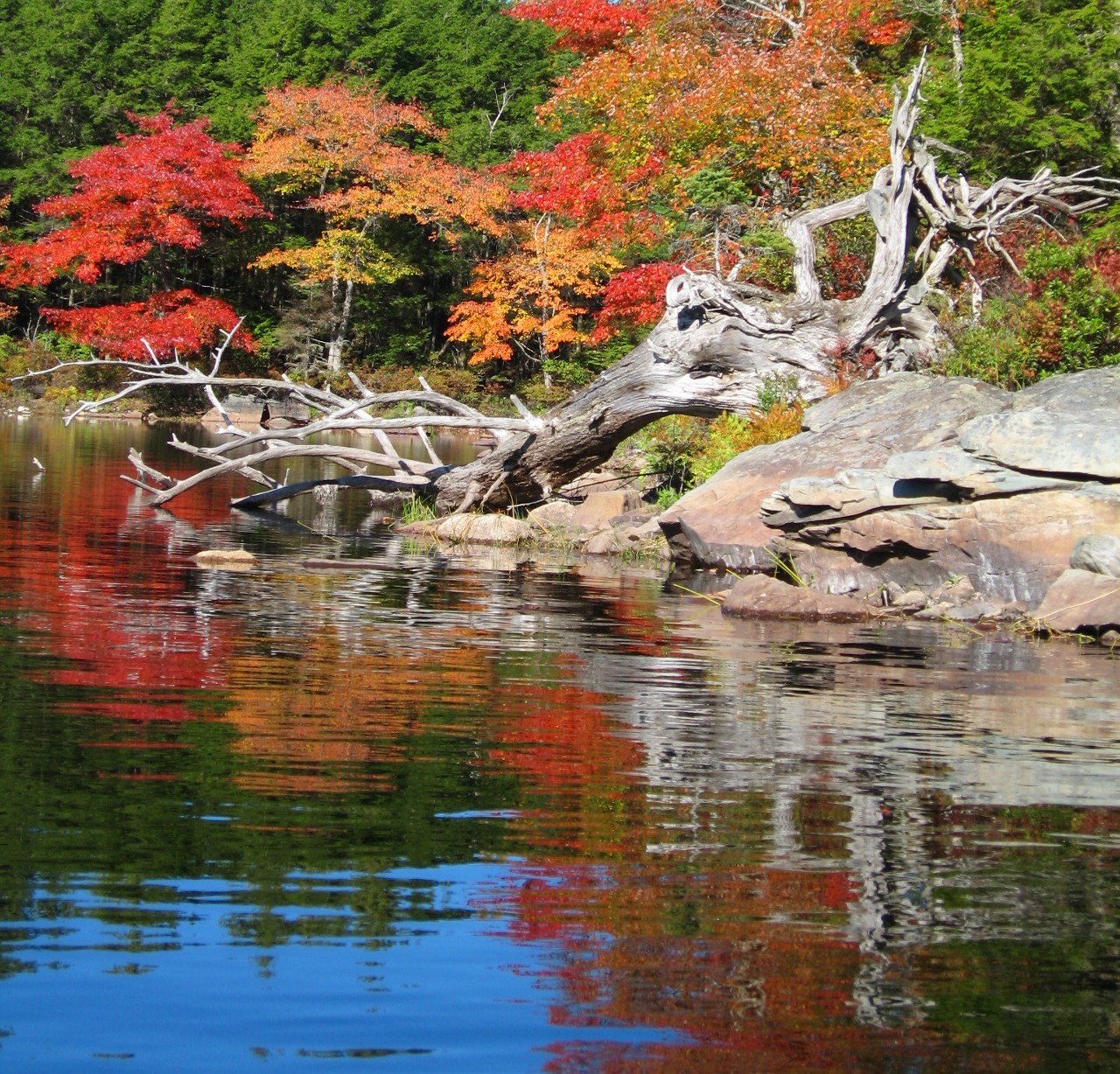Daniel Ruzzante
 |
PROFESSOR Canada Research Chair in Marine Conservation Genetics BSc (Univ Buenos Aires, Arg), MSc (Dalhousie) PhD (Dalhousie) |
||
| Teaching & Research population genetics, evolutionary , ecology and molecular ecology, conservation biology, evolutionary dynamics, local adaptation, fish, fisheries.
My research focuses upon questions at the interface of conservation genetics and evolutionary biogeography. Along with my students and collaborators I am interested in addressing issues related to the conservation genetics of marine and anadromous fish under exploitation (either current or historical), and in the evolutionary biogeography (ecology, evolution, phylogeography) of freshwater fish. My current interests in conservation genetics focus upon the broad issue of determining what processes (genetic drift vs. natural selection and local adaptation) are responsible for observed patterns of temporal and spatial population structuring in marine and anadromous species, and on how changes in population size (e.g., from exploitation: harvesting, stocking) affect such patterns. We examine how landscape (or seascape) and life history interact to effect population structure and connectivity (gene flow) in aquatic organisms. |
|||
|
2010 Bradbury IR, S Hubert, B Higgins, S Bowman, I Paterson, P Snelgrove, C Morris, R Gregory, D Hardie, JA Hutchings, T Borza, DE Ruzzante, CT Taggart, P Bentzen (2010) Parallel adaptive evolution of Atlantic cod on both sides of the Atlantic Ocean in response to temperature. André C, LC Larsson, L Laikre, D Bekkevold, J Brigham, GR Carvalho, TG Dahlgren, WF Hutchinson, S Mariani, K Mudde, DE Ruzzante, N Ryman (2010). Detecting population structure in a high gene-flow species, Atlantic herring (Clupea harengus): direct simultaneous evaluation of neutral vs. putatively selected loci. Heredity, available online. Habit E, P Piedra, DE Ruzzante, SJ Walde, VE Cussac, M Belk, J Gonzalez, N Colin. 2010. Changes in the distribution of native fishes in response to introduced species and other anthropogenic impacts. Global Ecology and Biogeography, 19: available online. Zemlak, TS, E Habit, SJ Walde, C Carrea, DE Ruzzante. 2010. Surviving historical Patagonian landscapes and climate: molecular insights from Galaxias maculatus. BMC, Evolutionary Biology, 2010, 10: 67 (http://www.biomedcentral.com/1471-2148/10/67) Palstra, FP, DE Ruzzante. 2010. A temporal perspective on population structure and gene flow in Atlantic salmon (Salmo salar) in Newfoundland. Can. J. Fish. Aquat. Sci., 67 (2): 225 - 242. 2009 Gomez-Uchida D, T Knight, DE Ruzzante. 2009. Interaction of landscape and life-history attributes on genetic diversity, neutral divergence and gene flow in a pristine community of salmonids. Molecular Ecology, 18: 4854-4869. Gaggiotti O, D Bekkevold, H Jorgensen, M Foll, G Carvalho, C Andre, DE Ruzzante. 2009. Disentangling effects of evolutionary, demographic & environmental factors influencing genetic structure of natural populations: Atlantic Herring as a case study. Evolution 63-11: 2939-2951. Palstra FP, MW O?Connell, DE Ruzzante. 2009. Age structure, demography and effective population size in Atlantic salmon (Salmo salar). Genetics 182(4):1233-1249. Zemlak TS, EM Habit, SJ Walde, MA Battini, E Adams, DE Ruzzante. 2008. Across the southern Andes on fin: Glacial refugia, drainage reversals & a secondary contact zone revealed by the phylogeographic signal of Galaxias platei in Patagonia. Mol. Ecol., 17: 5049-5061. Palstra FP, DE Ruzzante. 2008. Genetic estimates of contemporary effective population size: what can they tell us about the importance of genetic stochasticity for population persistence in the wild? Molecular Ecology, 17: 3428 – 3447 (Invited Review). Ruzzante DE, SJ Walde, JC Gosse, VE Cussac, E Habit, TS Zemlak, EDM Adams.. 2008. Climate Control on Ancestral Population Dynamics: Insight from Patagonian Fish Phylogeography. Molecular Ecology 17: 2234 - 2244. Jørgensen H, C Pertoldi, MM Hansen, DE Ruzzante, V Loeschcke. 2008. Genetic & environmental correlates of morphological variation in a marine fish: the case of Baltic Sea herring. Can J Fish Aquat Sci, 65: 389-400. 2007 Buria L, SJ Walde, M Battini, PJ Macchi, M Alonso, DE Ruzzante, VE Cussac. 2007. Movement of an endemic perch (Percichthys trucha) in a montane Patagonian lake during spawning and pre-spawning periods. J Fish Biol, 70:215–230.
|

 joined the Department of Biology in July 2002 after nearly four years at the Danish Institute for Fisheries Research in Denmark.
joined the Department of Biology in July 2002 after nearly four years at the Danish Institute for Fisheries Research in Denmark.